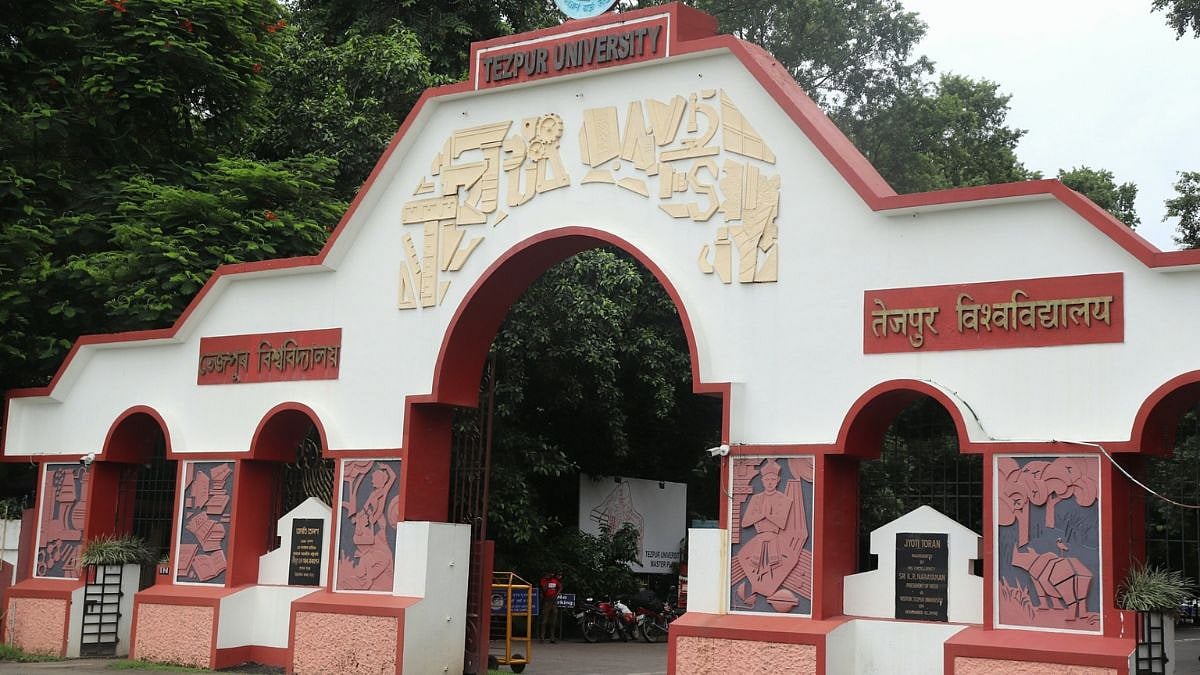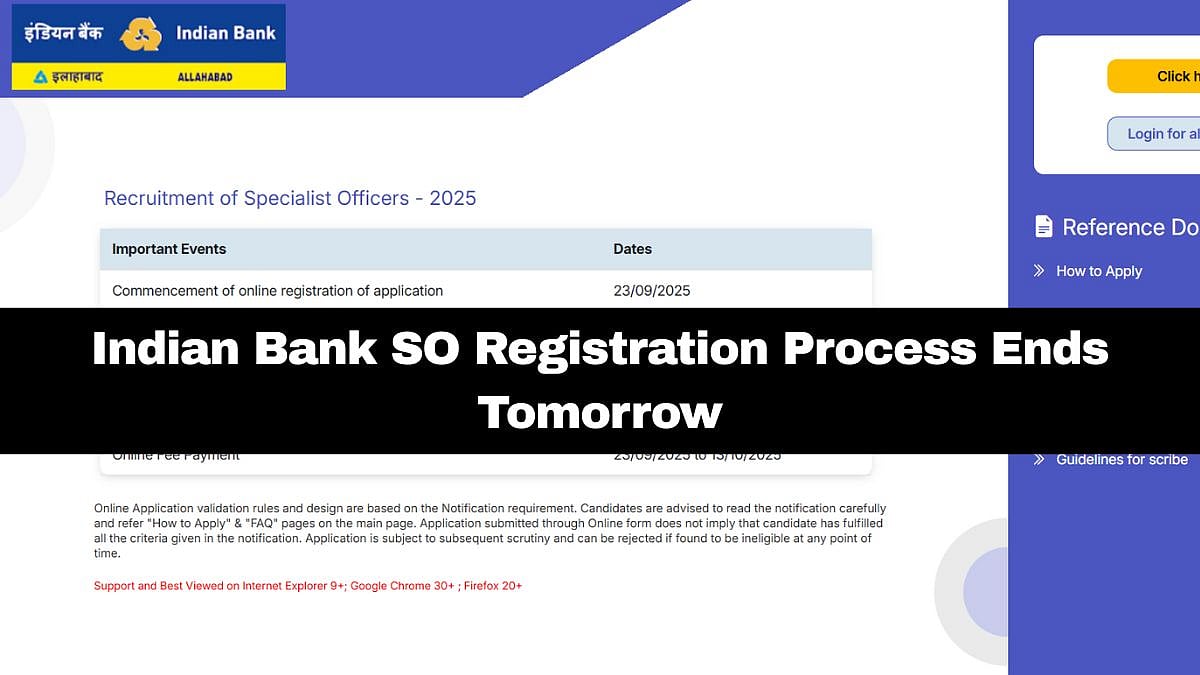Late 1990s were characterised by a wave of mergers and acquisitions (M&As) that transformed industries and affected the careers of millions. M&As has grown substantially over the last few decades. Businesses are racing to gain and sustain advantage in today's globally competitive business environment. Digital age technology is rapidly shifting where and how business is done. The pressure for profitability, to decrease the cost of production and increase revenues, fuels the need to leverage all of the sources of capital a company can access—including human capital.
People are the principal enablers or disablers of the organisational change process. Pragmatically embracing the human face of change not only generates results but builds the organisational agility in accelerating for growth and success. Strategic thinking mindset is rapidly changing the rules by which organisations' leadership think of their growth. The mechanistic view of growth is increasingly becoming irrelevant. This works on the premise that the organisation can apply its acceleration onto its future. However Past success is no clear guarantee for future performance.
The present age of the competitive environment allows the organisations to maintain their market share and compete in the global economy, organisations need to find ways of becoming more flexible, adaptable, profitable, and efficient. It is presumed that organisations can achieve these goals through mergers and acquisition. Mergers and acquisitions have been the means by which organisations can compete in a changing business environment.
M&A: Conceptually there is a slight difference between mergers and acquisitions. A merger refers to the combination of two or more business entities into a single business entity, with one company continuing to operate while the other ceases to do so. Mergers are typically done to lower operating costs, increase a company’s market share, expand into new locations, increase revenues, connect commonplace items, and increase benefits—all of which can result in money for the company’s shareholders. Eg: Mittal Steel merged with Arcelor Steel, a Luxembourg-based steel company. ‘ArcelorMittal,’ the new corporation, is now the world’s largest steel company. In a sense, mergers are viewed as the consolidation of two separate firms into a new entity. In contrast, acquisitions are when one organisation buys and takes over the operations of another organisation. An acquisition happens when a firm acquires sufficient shares to increase the level of control and ownership of another organisation. Acquisitions are characterised as the takeover of one firm by another where the buyer obtains the ownership and maintains control over the new organisation. Example Zomato acquired stocks of UberEATS for a deal value of 350 million dollars on 21st January 2020.
HR variables in M&A: There are several HR variables like corporate culture, communication, change, stress, uncertainty, insecurity, organisational commitment, retention, performance, management style/strategy and HR policies.
Synergy implementation: M&A usually is focused on building potential synergies of the combined product & services, resources, capabilities, and market segmentation of the companies. Realising these synergies can be difficult due to the operational complexities, external factors or the cultures
Momentum: M&A are generally long detailed processes consuming the time and efforts of large parts of the leadership teams. This can impact the day-to-day operations and performance of the companies involved and thereby the momentum is hampered. The resources are spent on managing the crisis on hand and not on the growth and scaling up of the business. Normally major decisions on innovation, R&D, process improvements, increasing the market reach and providing enhanced value to the customers are all delayed due to lack of complete understanding of the different cultures of the organisation.
Process Integration: Accounts, procurement, Information technology, Manufacturing, Supply Chain processes have to be integrated as managing multiple independent processes challenges the agility and information flow in the organisation. Most of the time a conscious decision is taken to keep the 2 entities independent for some time till the cultural issues are sorted out.
Engagement Vs Involvement: Communication challenges and Senior management issues like Power Struggles during M&A deals can create uncertainty, anxiety, and resistance among employees. Fear of losing their jobs, benefits, or status, uncertainty of the consequences are all major cultural impediments. One common element in all the challenges is the people and the cultural norms. Success of any M&A is to be seen from the lens of people and people processes as this is one major cog in the wheel which runs every other part in the integration of the entities.
During Mergers & Acquisitions, care and sensitivity should be at the forefront. It would require leadership commitment and involvement throughout. The outcome should be that all stakeholders including employees of both entities have a win-win situation, creating a great culture by drawing out the best practices from both the entities.
A Model using the acronym "A-E-I-O-U" - similar to the vowels without which forming words would be a challenge, the model elucidates the basic tenants of the integration process without which we would not get the desired end result.
A - Acclimatize & Accommodate
E – Engage with all Stakeholders
I – Involve every employee, show then how it benefits
O – Organise all processes, systems, norms and set expectations
U – Unite both the entities and adopt the best practices.
M&A success depends on the ability to align structure, culture, processes and strategy to the operating environment. Human capital has a key role to play in achieving this alignment and to ensure success depends on the ability to align structure, culture, processes and strategy to the operating environment.









